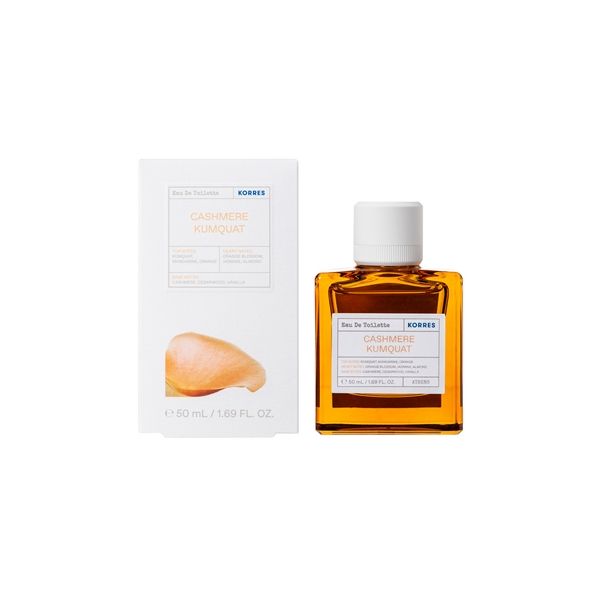
Dental Floss
Dental floss with handle for children.
A thick, flexible floss specially designed for cleaning of implants, bridges, and orthodontic appliances.
Effective for dental plaque.
Effective for dental plaque.
Effective for dental plaque.
Effective for dental plaque.
Reduces the formation of dental plaque in the narrow interdental spaces.
Slides easily between even the tightest spaces and below the gumline for effective plaque removal.
Our ergonomically designed GUM easy-flossers make flossing easy!
Our ergonomically designed GUM easy-flossers make flossing easy!
Our ergonomically designed GUM easy-flossers make flossing easy!
GUM Butlerweave Floss effectively removes plaque from these difficult-to-access areas.
The Best Dental Floss Products
You have entered to your schedule – and rightly so – the use of dental floss in your oral hygiene program. But to effectively remove plaque from your teeth, you need to make sure you use it properly.
Once you use the right technique, the type of yarn you choose is a matter of personal dental care preference. The options you have at your disposal are too many to meet both your own needs and those of the rest of your family. In any case, using the right technique will help you remove food debris and plaque that builds up between your teeth, improving your oral hygiene.
The basic elements of the right technique are below.
First, be sure to wash your hands before flossing. Next, follow these steps:
- Wrap and cut about 45 cm from the floss. It may sound like a lot, but you need enough for there to always be a clean section as you move from tooth to tooth. Wrap most of the thread around the middle finger or index finger of one hand and a small part of the other end of the thread on the middle finger or index finger of the other hand. If you wrap the thread around the middle finger, you will be able to use the pointer to move the thread
- Placement: Stretch a section of about 2.5-5 cm between your fingers. Place the free part, with the help of the pointers, between the surfaces of two lower teeth, which are in contact.
- Thread the floss between the teeth. Move it gently between the teeth with zigzag movements, taking care not to cut or “wedge” between the teeth. Use the thread to erase the outline of a tooth surface. With up and down movements, slide the thread onto the tooth surface and below the gum line. Thoroughly clean each tooth using a clean floss for each.
- Create Figure C. Press the thread onto each surface to get shape C around the tooth. Then gently move it from the gum line to the top of the tooth.
- Proceed in the same way. As you move from tooth to tooth, unroll a new clean piece of thread from the finger of one hand and wrap the used part in the finger of the other hand. Do this procedure with the help of the thumb.
- Clean the adjacent surfaces of both teeth on either side of the interdental space. Do not forget to floss and floss the back of each tooth.
You can use this technique for any type of yarn: waxed, non-waxed, with sponge section or tape. It does not matter if you start with the upper or lower teeth, front or back. Just make sure you floss all your teeth, including the back of each tooth on the right and left of your oral cavity, up and down. And do not forget to floss under the gum line and along the tooth surfaces that frame any missing teeth, as food debris can be trapped in these areas as well.
Don’t miss the back teeth
As all those who brush and clean their teeth with thread know, it is more difficult to reach the back teeth and keep them clean than the front ones. The back teeth have notches and grooves that help us chew the food. The disadvantage, however, of these notches and grooves is that they accumulate food debris, which can increase the risk of caries and bacteria contained in the plaque, which in turn cause gingivitis.
Bacteria can convert fermentable carbohydrates (sugars found in cooked foods rich in starch) into plaque within 20 minutes. So make sure you clean the surfaces around the back teeth daily with the toothbrush and floss.
At Fotopharmacy, choose among the best clean between care products since they are considered necessary compliments to tooth brushing and they provide complete oral health. No toothbrush, whether conventional or electric can guarantee complete removal of the microbial plaque between teeth.
It is the time to choose brand name products which offer complete cleaning of those areas if used correctly and frequently and they remove microbial plaque from
all the areas in the mouth while reducing the chances of getting tooth decay and gum inflammation.

 Ελληνικά
Ελληνικά






















































